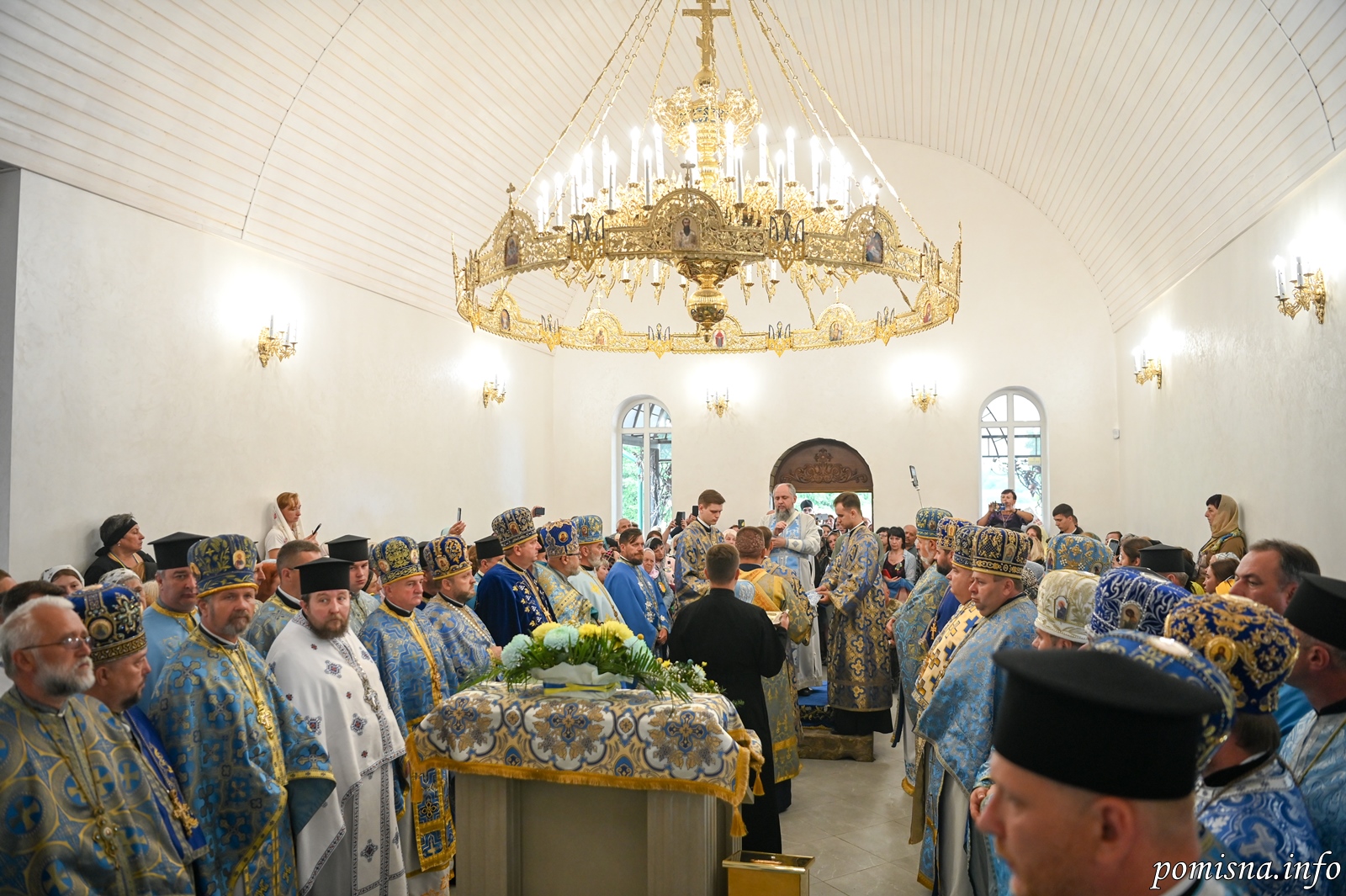Apostle and Evangelist John the Theologian (8 May)


When Saint John was more than one hundred years old, he told seven of his disciples to take spades and follow him to a certain place outside the city of Ephesus, and then he told everyone to sit down while he went off to pray by himself for a while. When he returned, he told his disciples to dig a grave as long as he was tall, in the form of a cross. After giving them instructions and kissing them, he climbed into the grave and said: “Take some earth, my mother earth, and cover me.”
They covered him with earth up to his knees, and he said: “Now take some more earth and cover me up to my neck.”
As soon as he they had done this, Saint John spoke again: “Bring a linen cloth and place it on my face, then kiss me again for the last time, because you shall not see me anymore in this life.”
After the Apostle dismissed them, they buried him and wept bitterly. Later, they returned and opened the grave, but the Saint’s body was not there. They wept and returned to the city.
Every year, on May 8, a red dust appears on his grave, which heals the sick, through the prayers of the Holy Apostle John. People call this dust “manna from the earth.”
Saint Augustine knew about this dust, and Saint Gregory of Tours also wrote about it. Some sources call this Feast “rodismos” (ροδισμός) i.e. Day of the Roses. Some think that this manna is called ροδής (a pink ointment, or a rose-colored dust). Others say that by this name they celebrate the roses of spring, just as we decorate the church with greenery and flowers on Pentecost.
Saint John’s principal Feast Day is September 26, but today the Church commemorates Saint John because of the annual pilgrimage to his grave.
There is a special title to be used when commemorating Saint John at the Dismissal: “The holy, glorious Apostle and Evangelist, Virgin, Beloved friend of Christ, John the Theologian.”
Source: oca.org





